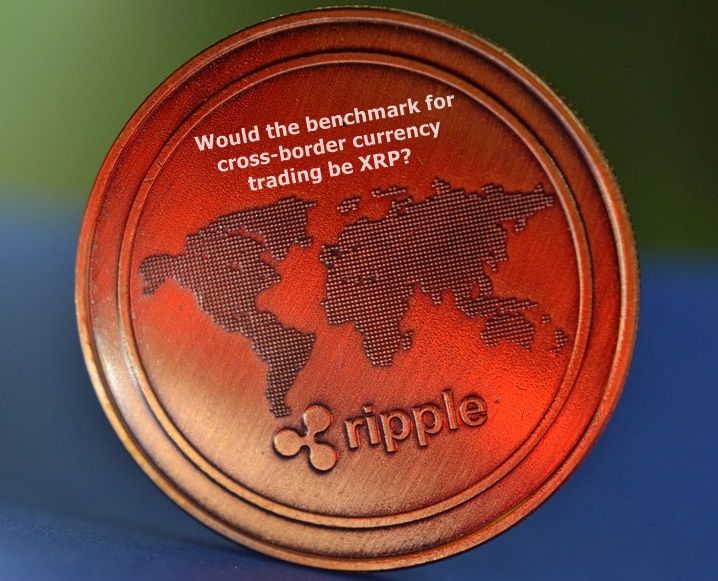Would the benchmark for cross-border currency trading be XRP? There’s a lot of talk about XRP with its SEC lawsuit, but there’s a lot more to say about this token and Ripple.
Would the benchmark for cross-border currency trading be XRP? Indeed, it’s worth asking, as XRP increasingly seems to have the potential to fulfill this mission.
Can XRP, which is relatively resistant to the Bear Market, be considered a benchmark for cross-border currency trading?
First of all, let’s remember if it is still necessary, that Ripple is the company behind the XRP cryptocurrency.
Its creators developed it to facilitate trading in any other currency.
For them:
XRP is a real alternative to slow and expensive Swift transfers
It is fair to say that the uniqueness of XRP lies in its unique payment capabilities. For example, we can decide who can send us money and who cannot. There are also payment channels that allow for asynchronous balance changes.
A quick reminder:
XRP is a cryptocurrency token designed to migrate transactions from central databases controlled by financial institutions to a more open infrastructure while significantly cutting costs. XRP transactions are trustless, instant and cheap, putting them at an advantage for cross-border movements.
Would the benchmark for cross-border currency trading be XRP? Here are a few more reasons why we think so:
The check function:
The checks function of the XRP register replicates the operation of paper checks: the sender creates a check that specifies an amount and a recipient. No money moves until the recipient cashes the check. Since the funds are not frozen, the cashing can fail if the sender runs out of funds at that time, just like traditional checks.
Multi-currency transfers:
Issued currencies can also be digital tokens that are issued only in the XRP registry, without any external support. Of course, the parties involved must be willing to send or receive these tokens and treat them as something of value.
There must be at least one path between the sender and the receiver, and the total liquidity on all paths must be sufficient to facilitate payment. Payments between currencies are converted from one currency to another by consuming the bids in the decentralized XRP Ledger exchange.
Ripple’s XRP allows currency transfers that compete with Swift. Although XRP does not allow for as much decentralization and censorship resistance as Bitcoin (BTC), it can be said that XRP currently offers features that are more likely to appeal to financial institutions.
In short, here’s why the answer to the question posed in this article is YES:
Yes, XRP (Ripple) can facilitate cross-border currency exchanges. XRP is a cryptocurrency created by the company Ripple, which focuses on global payment and money transfer solutions.
The technology used by Ripple, called RippleNet, enables financial institutions and individuals to carry out fast, low-cost cross-border transactions. Traditionally, cross-border transfers involve high fees, long processing times and unfavorable exchange rates. Ripple aims to solve these problems by offering a more efficient alternative.
XRP is used as a liquidity gateway between different currencies. Instead of performing traditional currency conversions during transfers, RippleNet uses XRP as a kind of bridge between currencies. This enables faster and cheaper fund transfers, as XRP can be exchanged in a matter of seconds. What’s more, the decentralized nature of the blockchain technology used by RippleNet offers greater transparency and security for transactions.
It’s important to note that, while Ripple and XRP can facilitate cross-border exchanges, their adoption and use is primarily focused on financial institutions and payment service providers. For individuals, the use of XRP may be less widespread than other more traditional international money transfer methods.

